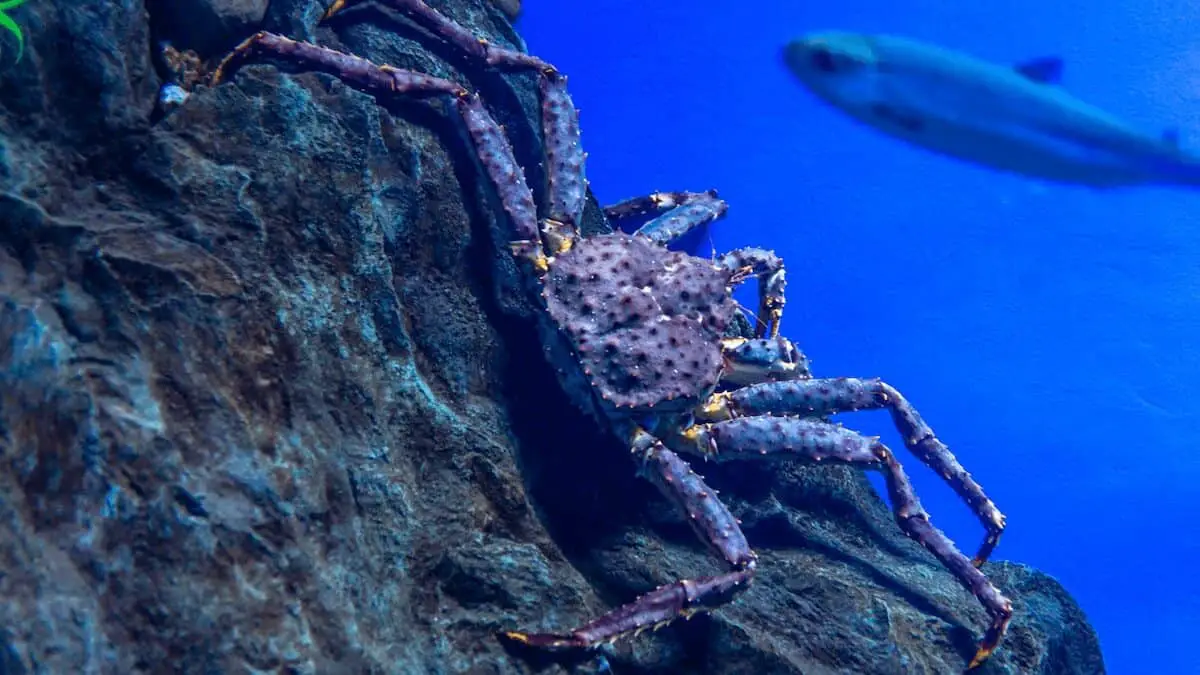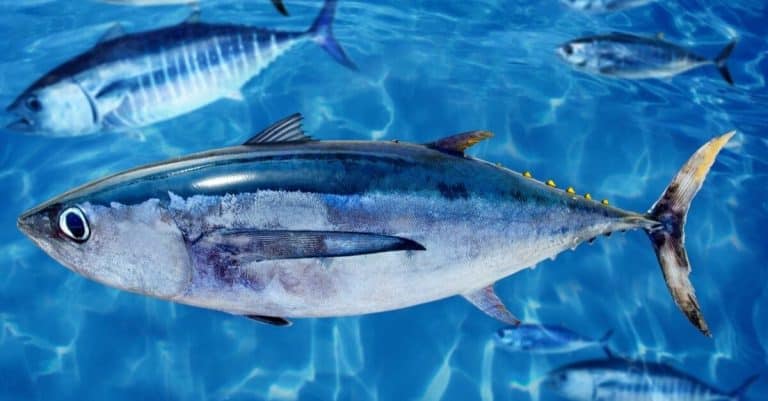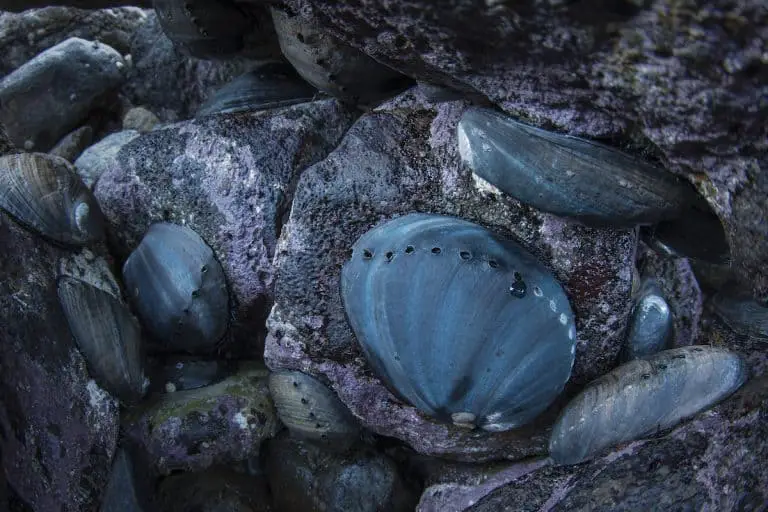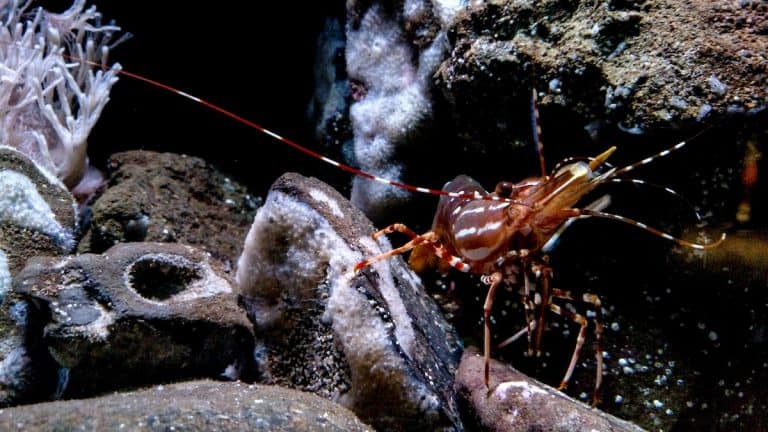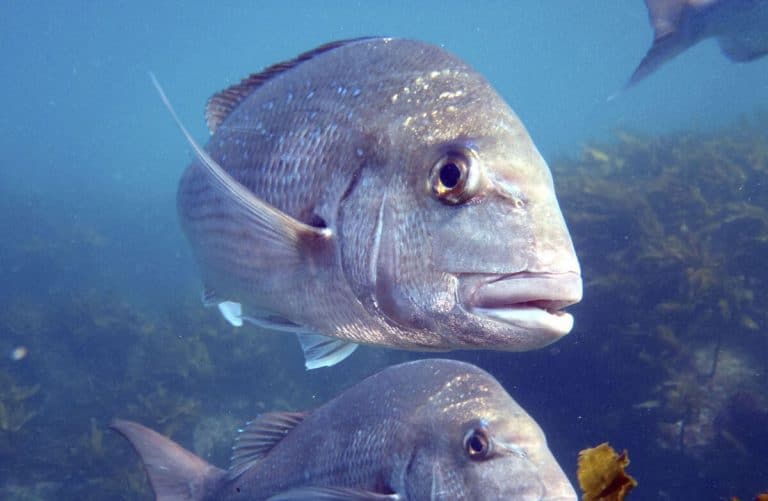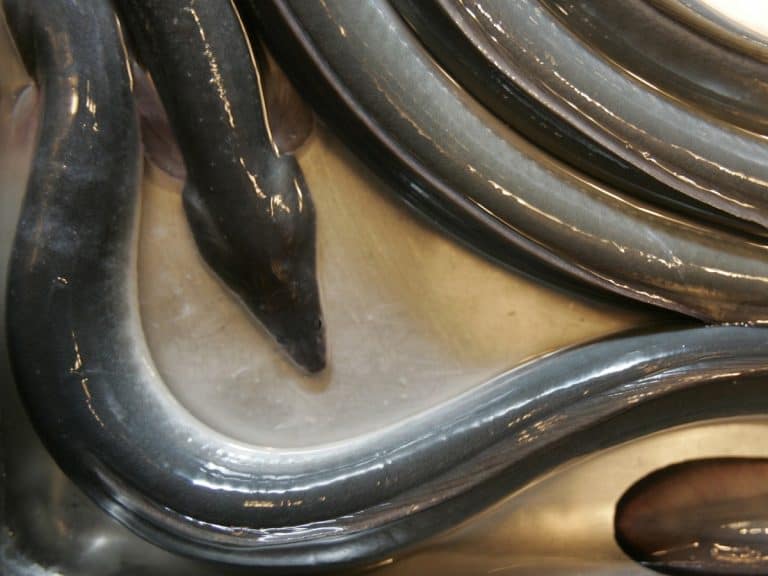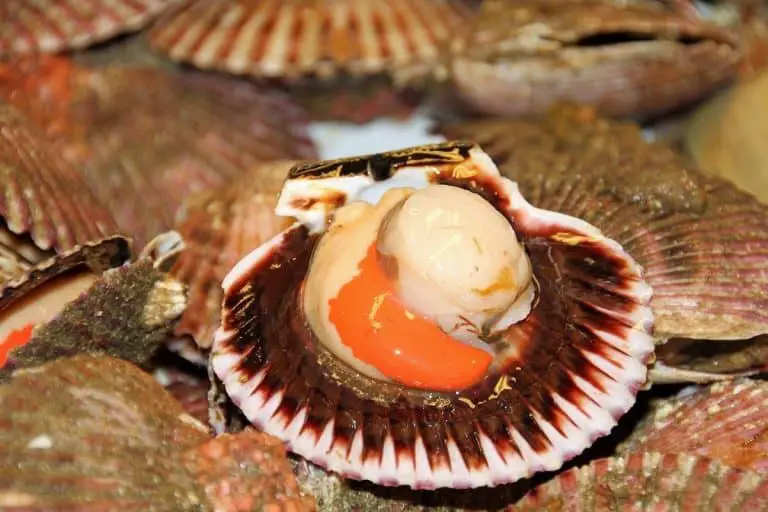At the sushi bar, “crab sushi” is a category rather than a single animal. Depending on how and where you order kani sushi, you may receive Dungeness crab, king crab, snow crab, stone crab, blue crab, or even kanikama or surimi, which isn’t really crab at all. To make matters even more confusing, the crab may be from the United States, Canada, Russia, or Japan. But don’t get discouraged, though — it’s not as complicated as it seems. By the end, you’ll know what kani sushi actually is (and which types to stay away from).
Source: Wild
Mercury Risk: Low
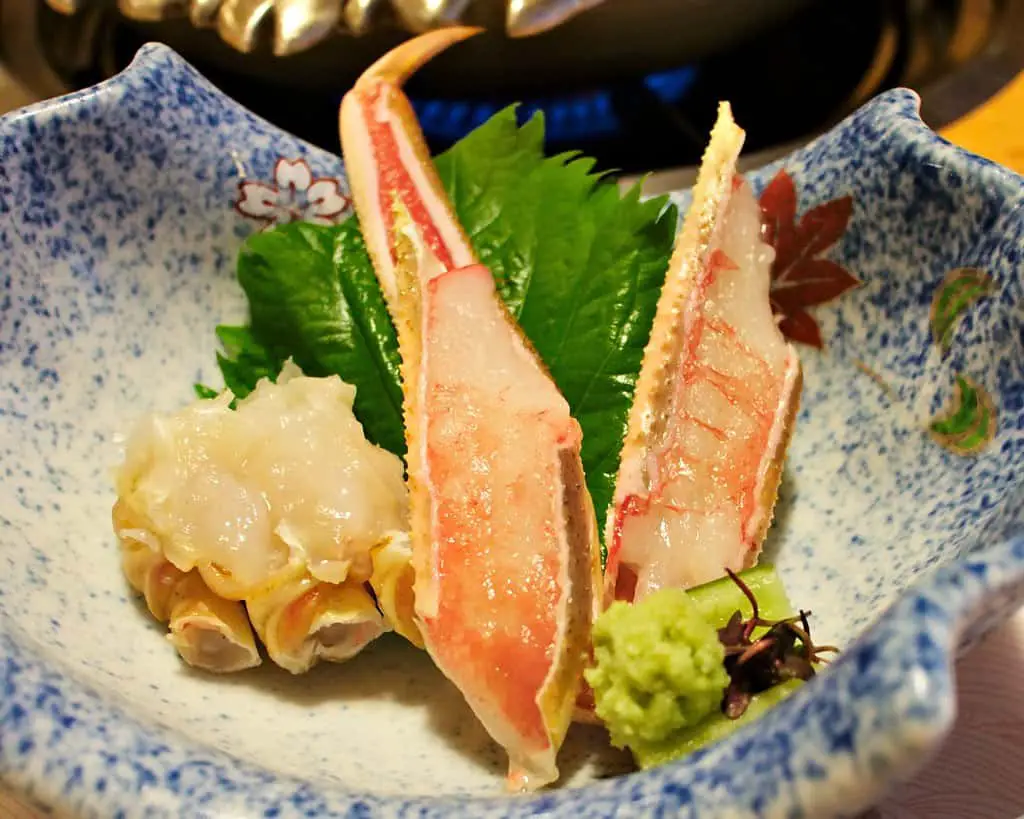
What is kani sushi?
Kani sushi is a bit of a blanket term used in sushi restaurants for crab sushi dishes. Therefore it’s extremely important to understand what type of crab is being used and where it’s coming from. That can be the difference between a delicious kani sushi meal with sustainable crab, or contribute to a destructive process with dwindling populations.
Types of crab sushi
Dungeness crab
Strong populations coupled with effective management have created a resilient and productive fishery. When available, this is a delicious and sustainable choice for kani sushi.
Dungeness crab is rarely found outside the West Coast of the United States. It will almost always be specifically labeled “Dungeness” on the menu.
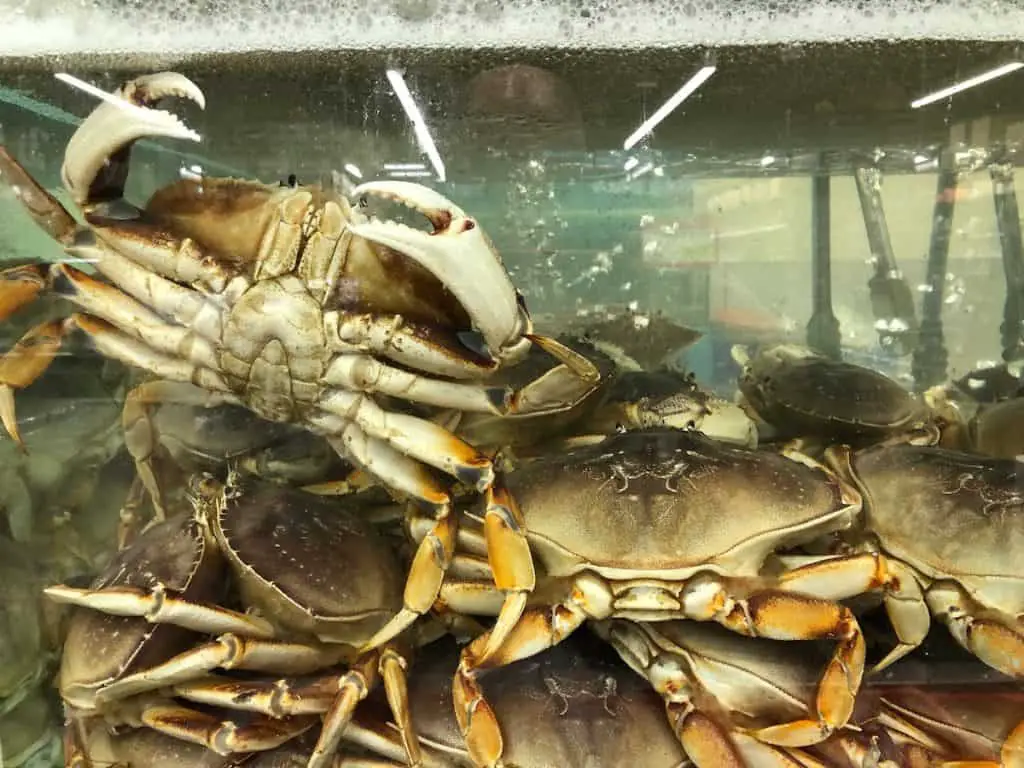
King crab
Alaskan stocks are shaky at best, but Alaska is working on more effective management methods. Enjoy this crab in moderation, and choose it over Russian king crab, which is suffering from overharvesting, habitat destruction, and a general lack of management.
King crab is usually considered the highest-quality crab available in the United States. These long-legged crustaceans stalk the depths of the northern Pacific and are harvested in Alaskan, Canadian, and Russian waters. All of these fisheries have had severe problems with habitat destruction and overfishing in the past.
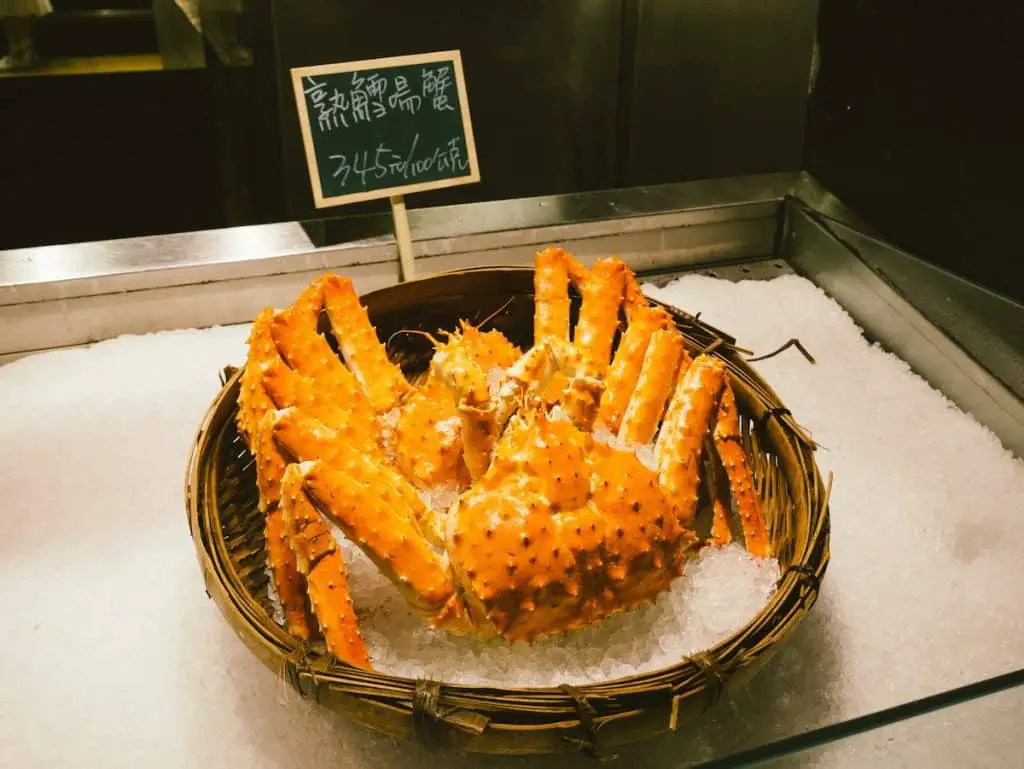
Snow crab
Both Alaskan and Canadian stocks have been severely depleted in the past. New management practices are aimed at stabilizing stocks, but their effectiveness has yet to be demonstrated.
Snow crab (or “queen” crab) is a common alternative to king and is similar in texture. Snow crab generally hails from Canada or Alaska.
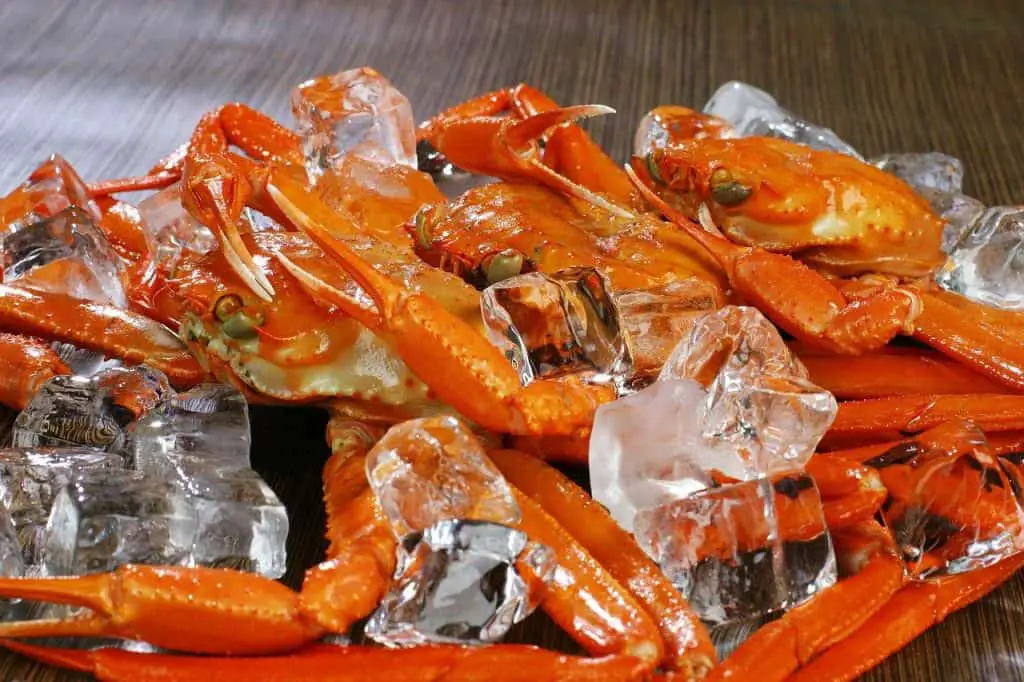
Stone crab
When these crabs are harvested, only one claw is taken. The crab is then returned to the water to regenerate its limb. This is a strong fishery with a low mortality rate—a good option compared to king, snow, or blue crab.
Stone crab is a small, thick-shelled crab from the southeastern United States. Rarely found at sushi establishments, its native waters are usually restricted to the Gulf of Mexico and the southern reaches of the Eastern Seaboard.
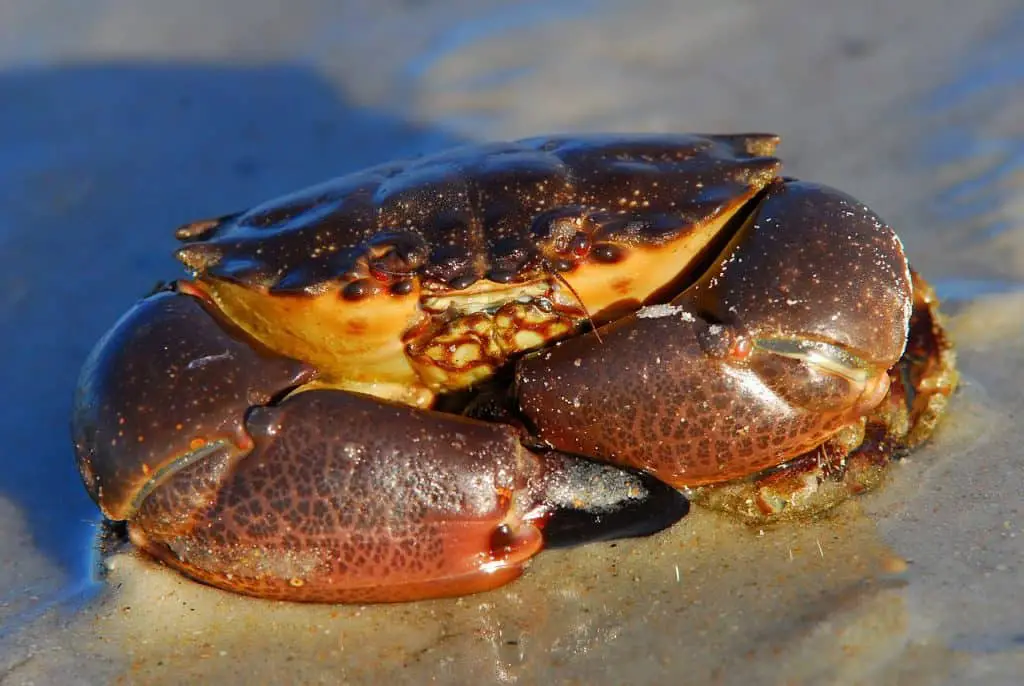
Blue crab
Heavy fishing pressures, habitat destruction, and the loss of juveniles as bycatch (animals caught unintentionally and discarded)—especially in the Gulf of Mexico—have challenged the resilience of this fishery. The Maryland and Virginia fishery has lately been the source of grave concern, with senators from both states calling for emergency regulations to deal with alarming stock declines. In the case of soft-shell crab, try to avoid imported blue swimmer crab. Very little is known about blue swimmer fisheries, and it is unlikely that they offer crab populations or their habitats sufficient protection.
Blue crab (and the similar blue swimmer crab) is the ubiquitous crustacean most often used in “crab meat” dishes. It is generally caught in Asia or on the East Coast of the United States. Some sushi bars in New York, Maryland, and other Eastern states use American blue crab in sushi, but elsewhere it is usually imported from Asia. Blue crabs that have just molted are often served as soft-shell crab in spider rolls.
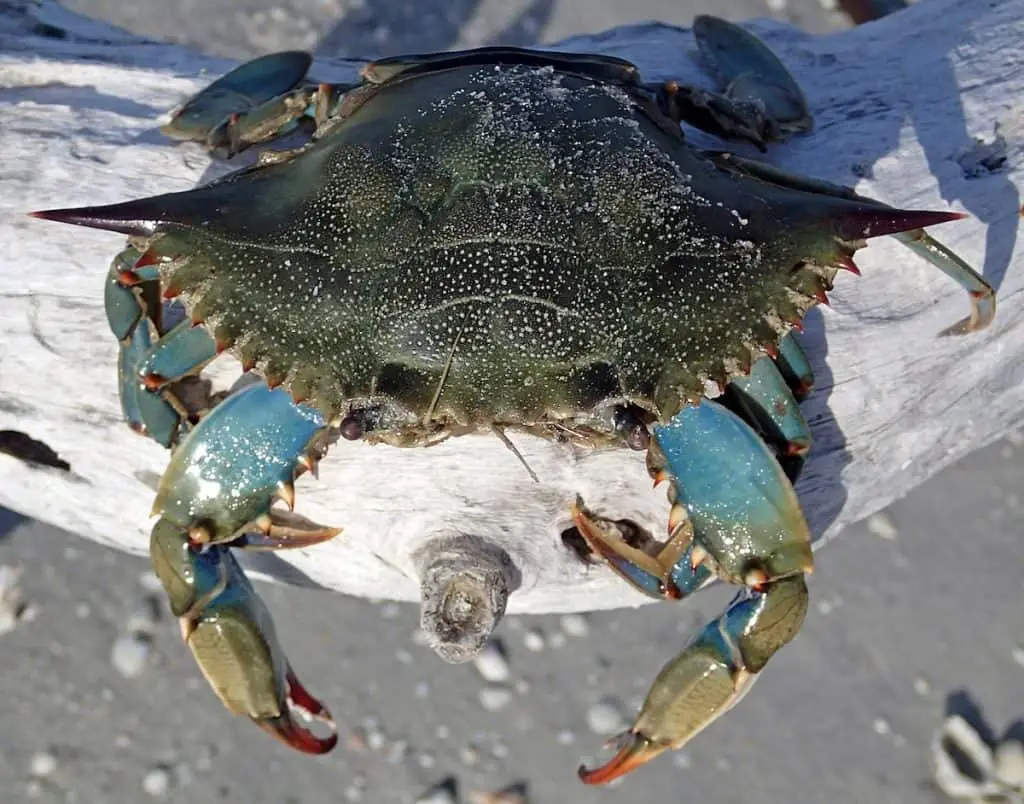
Imitation Crab
Many sushi restaurants will also offer a product known as imitation crab made from pollock or other fish. See kanikama (also known as surimi) for more information on this creation. In short, it remains unclear if processed Alaskan pollock is actually a more sustainable option than the king or snow crab that it seeks to replace.
Related: California Roll Recipe: A Simple At-Home Recipe
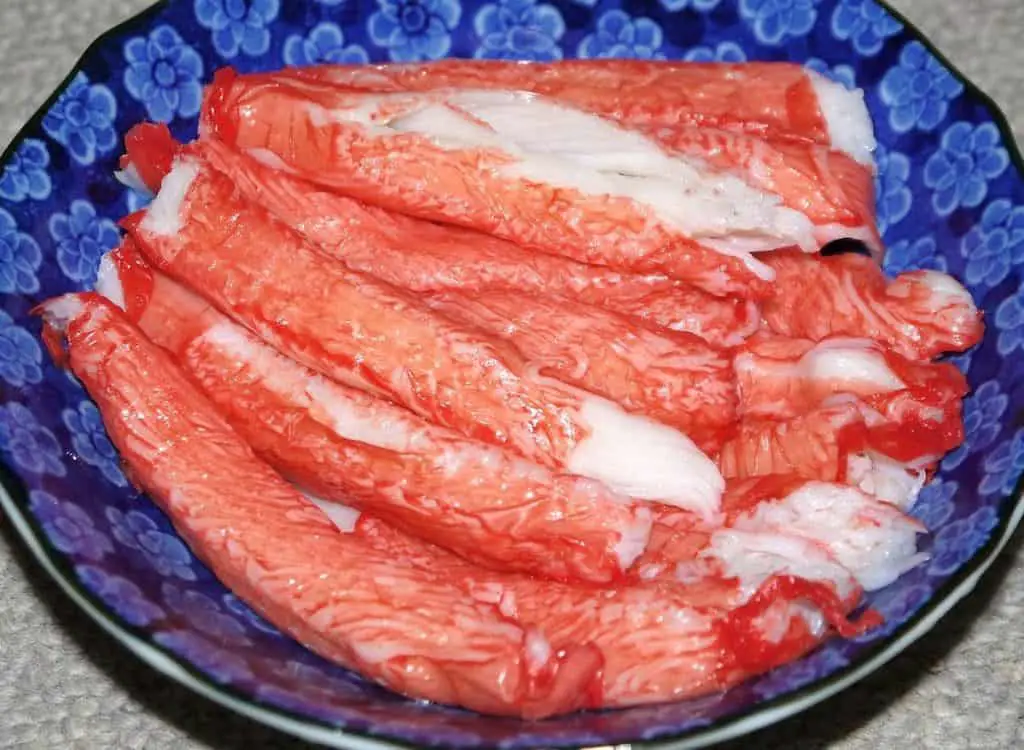
Source: Wikimedia Commons
Conclusion
Crab sushi can be a difficult issue at the sushi bar, so it’s all the more important to discriminate between sustainable and unsustainable choices. Knowing the difference between the different types of “kani sushi” allows us to shift our demand to the fisheries that can support it and ease the pressure on those that are flagging.
Casson Trenor
Casson Trenor is a frequent commentator on sustainable seafood issues. He has been featured in regional, national, and international media outlets, including CNN, NPR, Forbes, New York Times, Boston Globe, Christian Science Monitor, San Francisco Chronicle, Los Angeles Times, Seattle Times.

